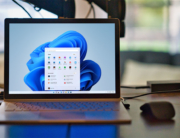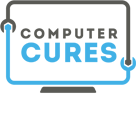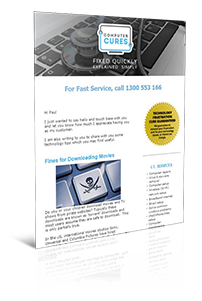Home / Handy Tips /

When you buy a new computer, more often than not it’ll come with a host of pre-installed software touted by the manufacturer as necessary to maintain your device’s health and efficiency, or to add functionality. Often unwanted, unrequested and hidden, this “bloatware” can slow your PC down and use up valuable hard drive space.
Knowing when and how to remove bloatware will help speed up your computer. But what is bloatware, and how can you remove it?
Why do manufacturers and distributors preinstall bloatware?
Bloatware can be a source of revenue for manufacturers, endorsed third-parties and telecommunications providers, who want you to use their apps and purchase related add-ons. While this software may be promoted as adding value to their users, the opposite can in fact be true.
There are a number of different types of bloatware apps:
- Utility bloatware – functionality-based apps, pre-installed for the purpose of encouraging you to use their tool instead of someone else’s. This can include system clean-up tools, media players, productivity tools, health tracking and fitness apps, toolbars and extensions.
- Trial software – subscription-based trialware is often pre-installed on a new device, typically free for use for a set period of time before needing to be purchased for you to continue using it. Anti-virus software is a good example of this.
- Adware – pop-up advertising is the bane of most PC users’ lives, and can have massive impact on performance, not to mention that it can spy on your system and browser activity.
How does bloatware impact my computer’s performance?
Bloatware usually runs in the background unnoticed, consuming RAM and battery life. While some bloatware is harmless, others are designed intentionally for marketing and spyware, to track your activity in order to target you for purchases endorsed by the third-party responsible for the bloatware.
Regardless of whether it’s harmful or not, acting to remove bloatware from your computer is recommended, to improve performance and reduce the risk of your device being compromised.
How can I remove bloatware from my computer?
The first step to remove bloatware from your computer is to identify what software is bloatware in the first place. To do this, you have three options:
- Use your computer Settings and remove the apps manually
- Download and use a bloatware clean-up tool
- Use a reputable IT support provider to safely identify and remove the bloatware
Manually removing apps via Settings can be a slow process that is fraught with danger. Removing the wrong app can have serious impact on your computer’s performance, particularly if you remove something that your computer relies on to run.
By comparison, downloading and installing a bloatware clean-up tool can be an effective way to identify what bloatware apps are running in the background and remove them. Using a good quality bloatware tool is critical, due to the risk of it erroneously removing something important that may negatively impact your computer’s functionality.
Alternatively, using a reputable IT company to investigate and remove bloatware from your computer will ensure nothing is removed that will impact its performance or functionality. Here at Computer Cares, we’re highly experienced at helping our customers with all their computer and device maintenance needs, including bloatware removal, cleaning up unwanted files and updating software, and generally giving your computer the TLC it needs to stay at peak performance.
To remove bloatware effectively and safely, without putting your computer’s functionality at risk, let the experts do the hard work for you.
Need help removing bloatware or cleaning up your computer?
Our friendly and experienced team provide flexible and reliable computer service and maintenance support when you need it. Give us a call on 1300 553 166 or fill out our contact form, and keep your computer running quickly and smoothly.








Leave A Comment